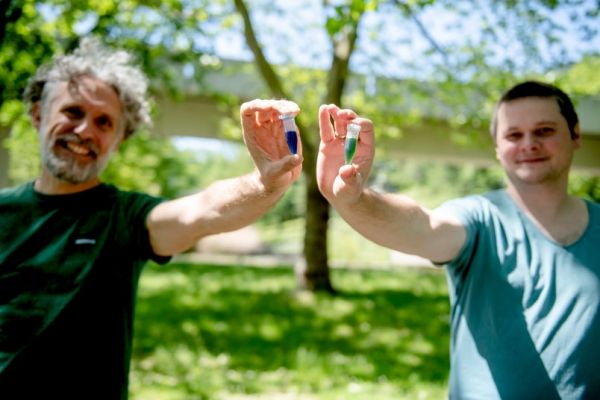By combining light-collecting and photosynthesis proteins of different types, more energy can be produced.
Potential sources of renewable energy include protein complexes that are responsible for photosynthesis. However, their efficiency in technical applications still leaves much to be desired. For example, they cannot convert green light into energy. A research team from Ruhr-Universität Bochum (RUB) and the Israel Institute of Technology in Haifa has successfully closed this so-called green gap by combining a photosynthesis protein complex with a light-collecting protein from cyanobacteria. The team pre-published their report online in the Journal of Materials Chemistry A on 11 May 2020.
Imitating plants, algae and bacteria
Biosolar cells are an innovative concept for converting sunlight into electrical energy. They are manufactured using biological components from nature. At their core are so-called photosystems: large protein complexes that are responsible for energy conversion in plants, algae and cyanobacteria. Photosystem II, PSII for short, plays a central role in the process, because it can use water as an electron source for the generation of electricity.
Read more at Ruhr-University Bochum
Image Credit: Volker Hartmann (right ) and Marc Nowaczyk have closed the green gap. CREDIT: RUB, Marquard


